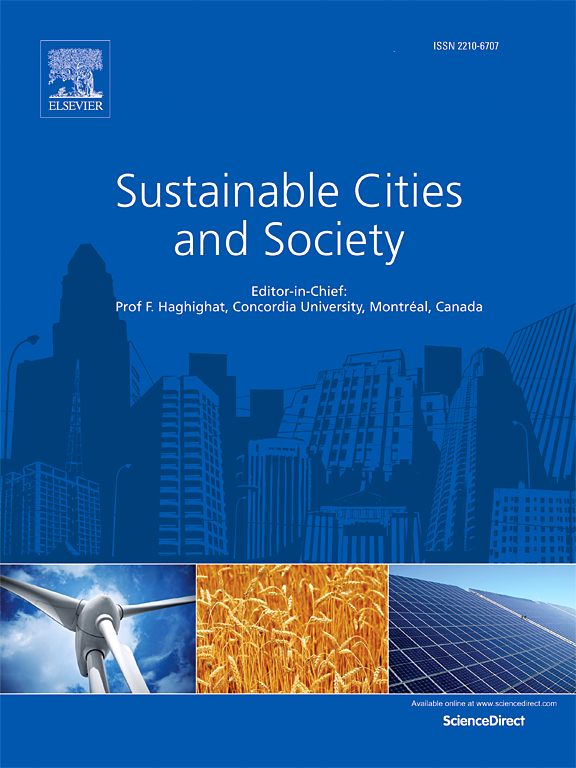Spatiotemporal dynamics of social vulnerability to natural hazards: Trends and projections from 2002 to 2030 in northwestern Iran
IF 10.5
1区 工程技术
Q1 CONSTRUCTION & BUILDING TECHNOLOGY
引用次数: 0
Abstract
The significant economic and human toll of natural hazards underscores the need for robust management strategies, particularly county- and community-level vulnerability initiatives to mitigate the devastating impacts of these natural hazards on vulnerable populations. Here, we assessed and quantified the social vulnerability to natural hazards, specifically floods, in 17 northwestern Iran counties from 2002 to 2022, with projections for 2030. We modeled and mapped flood vulnerability, then used expert opinion to weigh exposure, sensitivity, and adaptive capacity indicators, forming a Social Vulnerability Index (SoVI). Experts identified population density, age demographics, and healthcare infrastructure as the most important variables contributing to social vulnerability to natural hazards. Spatiotemporal analysis showed a 20-year upward SoVI trend for 24 % of counties, while 76 % decreased. Projections for 2030 suggested a decrease in vulnerability for 65 % of counties, with an increase for the remaining 35 %. Our study revealed that social vulnerability is context-specific and warrants individual assessments across various counties to effectively address the disparities in vulnerability indicators among different socio-economic sectors. While we primarily concentrated on a specific province in Iran, the findings and strategic insights hold global relevance, potentially enhancing the efficacy of social vulnerability assessments worldwide.
求助全文
约1分钟内获得全文
求助全文
来源期刊

Sustainable Cities and Society
Social Sciences-Geography, Planning and Development
CiteScore
22.00
自引率
13.70%
发文量
810
审稿时长
27 days
期刊介绍:
Sustainable Cities and Society (SCS) is an international journal that focuses on fundamental and applied research to promote environmentally sustainable and socially resilient cities. The journal welcomes cross-cutting, multi-disciplinary research in various areas, including:
1. Smart cities and resilient environments;
2. Alternative/clean energy sources, energy distribution, distributed energy generation, and energy demand reduction/management;
3. Monitoring and improving air quality in built environment and cities (e.g., healthy built environment and air quality management);
4. Energy efficient, low/zero carbon, and green buildings/communities;
5. Climate change mitigation and adaptation in urban environments;
6. Green infrastructure and BMPs;
7. Environmental Footprint accounting and management;
8. Urban agriculture and forestry;
9. ICT, smart grid and intelligent infrastructure;
10. Urban design/planning, regulations, legislation, certification, economics, and policy;
11. Social aspects, impacts and resiliency of cities;
12. Behavior monitoring, analysis and change within urban communities;
13. Health monitoring and improvement;
14. Nexus issues related to sustainable cities and societies;
15. Smart city governance;
16. Decision Support Systems for trade-off and uncertainty analysis for improved management of cities and society;
17. Big data, machine learning, and artificial intelligence applications and case studies;
18. Critical infrastructure protection, including security, privacy, forensics, and reliability issues of cyber-physical systems.
19. Water footprint reduction and urban water distribution, harvesting, treatment, reuse and management;
20. Waste reduction and recycling;
21. Wastewater collection, treatment and recycling;
22. Smart, clean and healthy transportation systems and infrastructure;
 求助内容:
求助内容: 应助结果提醒方式:
应助结果提醒方式:


